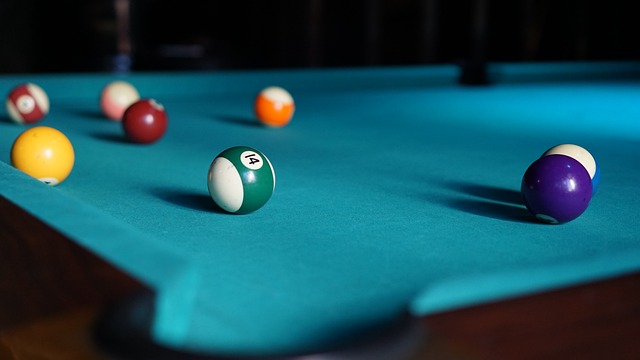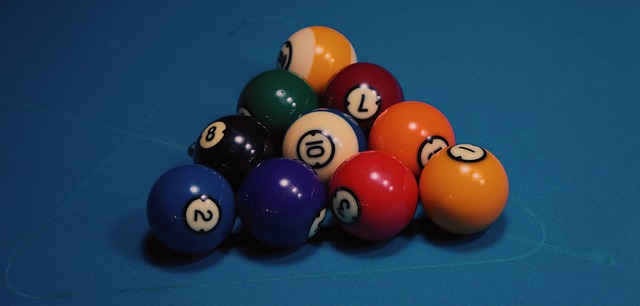Pool tables are crafted with precision, using high-quality materials like solid wood frames, wool felt, and slate tops. The weight of a pool table's slate varies greatly (450-600 pounds or 204-272 kg for a standard 7-foot table), depending on size, thickness, material (natural vs composite), and attachment methods. To accurately measure "How heavy is a pool table?" professionals use digital scales and consider dimensions like length, width, and thickness for quality control and customization.
Curious about the weight of a pool table slate? In this article, we dive into the intricate world of pool table construction, exploring how materials and design choices impact the overall weight. From understanding the role of slate in pool tables to discovering precise weighing techniques, you’ll gain valuable insights into what makes these gaming surfaces tick. By the end, you’ll know exactly how heavy a pool table slate can be.
- Understanding Pool Table Construction and Materials
- Factors Influencing the Weight of a Slate Top
- Weighing and Measuring Techniques for Pool Table Slates
Understanding Pool Table Construction and Materials

Pool tables are crafted structures that demand precision and quality in their construction. The core components include a solid wood frame, typically made from woods like pine or oak, which provides the table’s structural integrity. On top of this lies a bed of felt, usually wool, that offers a smooth surface for the balls to glide upon. The slates used in modern pool tables are not just flat pieces of stone but carefully shaped and treated panels designed to withstand the constant play and provide an even playing field.
The weight of a pool table slate varies depending on its size and material composition. On average, a standard 7-foot (2.13-meter) pool table slate can weigh between 450 to 600 pounds (approximately 204 to 272 kilograms). This substantial weight contributes to the overall stability of the table and ensures that it remains rigid during intense gameplay. Understanding these materials and their roles is crucial when considering the total weight of a pool table, providing insight into why just the slate itself can be such a significant load.
Factors Influencing the Weight of a Slate Top

The weight of a pool table’s slate top varies depending on several factors. One primary consideration is the size of the table; larger tables tend to have heavier slate tops to maintain stability and prevent warping. The thickness of the slate is another key factor; thicker slate is denser and, therefore, heavier. Additionally, the quality of the slate—including any treatments or finishes applied—can impact its weight. High-end pool tables often use premium slate that is both thicker and denser than standard varieties.
Furthermore, the specific material used in manufacturing the slate can make a difference. Natural slate, known for its beauty and durability, tends to be heavier than composite materials that are sometimes employed to reduce weight while maintaining strength. Finally, how the slate is attached to the table’s framework also plays a role; certain construction methods may involve additional reinforcement that adds to the overall weight.
Weighing and Measuring Techniques for Pool Table Slates

When it comes to weighing and measuring a pool table slate, precision is key. The slate, being a fundamental component of the table, plays a crucial role in the overall performance and dynamics of the game. To determine its weight, professionals often employ advanced techniques. One common method involves using digital scales capable of handling heavy objects, ensuring an accurate reading without compromising stability. These scales provide a straightforward way to measure the slate’s mass, offering a concrete answer to the question, “How heavy is a pool table?”
Additionally, measuring the dimensions of the slate is essential. This includes length, width, and thickness, which collectively contribute to its overall weight distribution. By combining precise measurements with accurate weighing, experts can offer detailed insights into the specific characteristics of a pool table slate. This knowledge is invaluable for both manufacturers ensuring consistent quality and enthusiasts looking to customize their tables.
A pool table’s slate top, crucial for achieving a level playing surface, significantly contributes to its overall weight. In terms of materials and construction, understanding the factors influencing slate weight is essential when considering how heavy a pool table can be. Weighing techniques allow for precise measurements, ensuring quality control in production. So, when asking “how heavy is a pool table?”, it’s clear that the slate’s weight plays a pivotal role, adding to the overall solidity and performance of the table.
